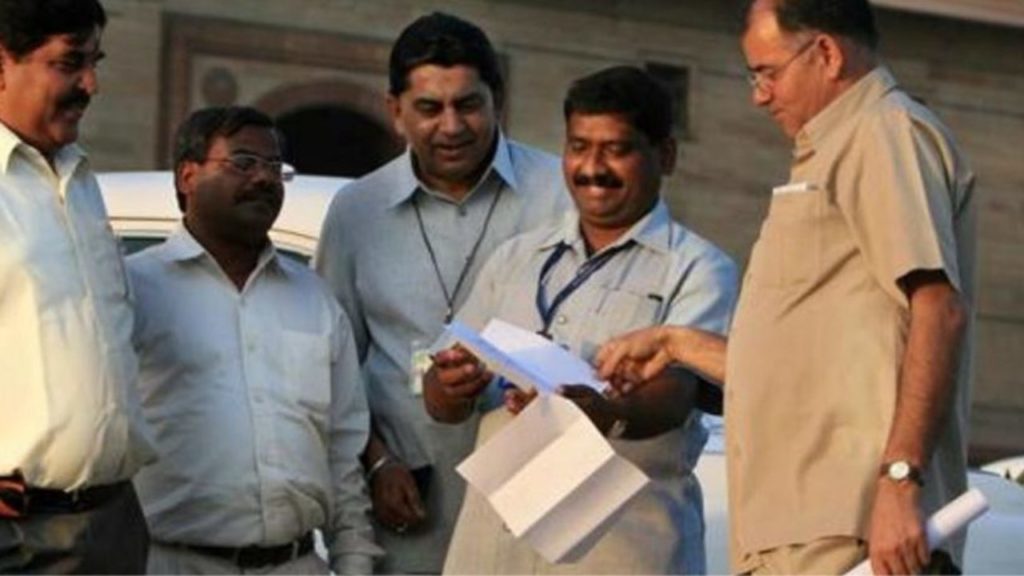Provident Fund Accounts Of 14 Lakh Indians Will Be Divided Into 2 Parts From This Date

The Central government has issued a notification to inform PF members that the existing provident fund (PF) accounts will be separated into two seperate accounts as per the new income tax laws. The government would be authorized to tax PF revenue generated from employee contributions that exceed Rs 2.5 lakh annually as a result of the new announcement, according to the Central government.
Non-government employees will be exempted from the Rs. 2.5 lakh threshold. In the case of government employees, the relevant threshold is Rs. 5 lakh, which means that interest will be taxable in?hands of employees?if contributions to EPF and VPF exceed Rs. 5 lakh in a fiscal year.
Existing provident fund (PF) accounts are most likely going to be split into two halves on April 1.
These new rules are put in place to prevent high-earning individuals from taking advantage of the existing welfare programs.
Here are 5 key points you need to know about this new announcement:
1) Taxable and non-taxable contribution accounts will be formed from all the existing PF accounts.
2) According to the Central Board of Direct Taxes (CBDT), non-taxable accounts are going to include their closing account as of March 31, 2021. The Central Board of Direct Taxes (CBDT)?sets policies for the department of information technology.
3) According to official sources, the rules may become effective as soon as the beginning of the following financial year, on April 1, 2022.
4) A new Section 9D was added to the I-T regulations to impose the new tax on PF income from employees’ contributions surpassing 2.5 lakh per annum.
5) To calculate the taxable interest, two distinct accounts are going to be kept within the existing PF accounts for the recently completed financial year, as well as all previous years. This is to evaluate and analyze the taxable and non-taxable contributions of an individual.
According to tax experts, this move by the government has cleared up all confusion and made interest computation way more easier. The aim is to keep high-income people from misusing government welfare schemes. These individuals are able take advantage of these schemes and earn tax-free income in the form of guaranteed interest.

Comments are closed, but trackbacks and pingbacks are open.